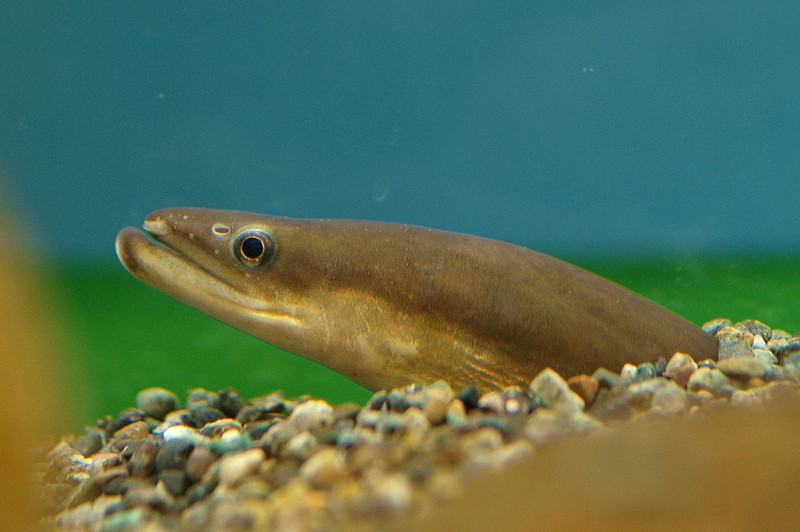I love fish. The diversity of these aquatic creatures is so vast, I find them fascinating. Take the eel for example:
 Image of a Japanese eel (Anguilla japonica) by opencage, CC BY-SA 2.5, https://commons.wikimedia.org/w/index.php?curid=14520151
Image of a Japanese eel (Anguilla japonica) by opencage, CC BY-SA 2.5, https://commons.wikimedia.org/w/index.php?curid=14520151
In a study published this month in the American Journal of Physiology - Regulatory, Integrative and Comparative Physiology, researchers wanted to link information they learned from sequencing the RNA of eels with understanding how the animals adapt to saline environments. During acclimation to saltwater, fish have no choice but to drink the water. To maintain their water balance, they secrete excess salts from the gills while absorbing water across the gut. Although the esophagus is very important in this process, not much is known about how its works to help the animals adapt. In the new study by Takei et al., the research team describe how the esophagus of eels acclimates by decreasing special water channels called aquaporins while at the same time changing the types of salt channels present. This allows them to favor desalination of the water while preventing water loss. More research is needed to find out whether the esophagus of other teleost fish function the same way.
Sources:
Takei Y, Wong MK-S, Pipil S, Ozaki H, Suzuki Y, Iwasaki W, Kusakabe M. Molecular mechanisms underlying active desalination and low water permeability in the esophagus of eels acclimated to seawater.
Hwang P-P. Molecular physiological exploration beyond the transcriptome. Focus on “Molecular mechanisms underlying active desalination and low water permeability in the esophagus of eels acclimated to seawater.”

Desalination is a procedure that expels minerals from saline water. All the more by and large, desalination alludes to the expulsion of salts and minerals from an objective substance, as in soil desalination, which is an issue for horticulture. Saltwater is desalinated to create water reasonable for human utilization or water system. One by-result of desalination is salt. Essay-Star written desalination is utilized on numerous seagoing boats and submarines. A large portion of the cutting edge enthusiasm for desalination is centered around savvy arrangement of crisp water for human utilize. Alongside reused wastewater, it is one of only a handful few precipitation autonomous water sources.